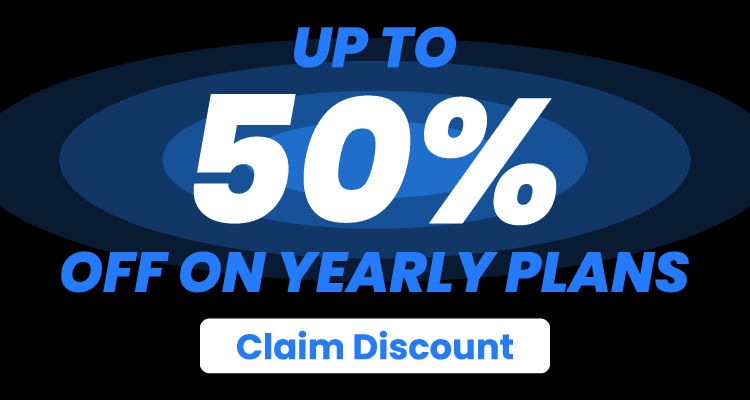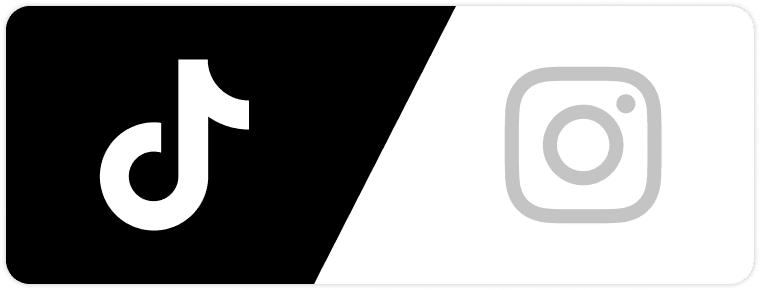Social media creators are already educators, whether they realize it or not. From quick tutorials on TikTok to deep-dive threads on X (formerly Twitter), creators spend every day breaking down ideas and sparking curiosity. So it makes sense that many creators are now thinking about launching their own learning apps.
But while creating an app sounds like a natural next step, it’s a completely different game than posting on Instagram or running a YouTube channel. It requires strategy, technical planning, and a shift from just “sharing knowledge” to structuring learning experiences.
So before diving head-first into development, here’s what every creator should understand about the world of learning apps—and what it really takes to turn your content into a scalable educational platform.
You’re Not Just a Creator
Being a creator means you’re used to crafting content that connects. But when you decide to build a learning app, you’re stepping into a different role: that of a product owner and digital educator. That means thinking beyond engagement and into how people learn.
Creating viral reels or educational threads is one thing. Designing a user-friendly, pedagogically sound app? That’s another level of commitment.
Here’s what changes:
- You’ll need to create a curriculum, not just a playlist.
- Users will expect progress tracking, not just passive viewing.
- You’ll need to consider accessibility, feedback, and retention—not just view counts.
This is where working with an experienced eLearning app development company can really make a difference. They can help you structure your vision into something both user-friendly and technically sound.
The mindset shift is huge, and many creators underestimate it. But if done right, your learning app can become an entirely new business model—one that’s scalable and deeply rewarding.
Know Your Niche (And Build for It)
Before you sketch wireframes or hire a developer, take a moment to really understand your niche. The more specific your audience and their learning goals, the more successful your app will be.
Let’s say you’ve built a community around design tutorials on YouTube. Your audience might want more in-depth projects, feedback loops, or certificate-based achievements. Meanwhile, if you teach language learning, they may want spaced repetition tools, audio quizzes, or a built-in dictionary.
Different content calls for different features. That’s why it’s important to:
- Survey your audience before you build anything
- Research what other apps in your niche offer
- Map out what you can do differently
Understanding your community’s actual needs can help you deliver real educational progress, not just more content.
Your Content Style Might Need to Change
The skills that help you thrive on social media—authenticity, spontaneity, short-form storytelling—are important, but not always enough when designing educational experiences.
With a learning app, consistency matters more. Your content needs to be organized into modules, not just inspirational snippets.
This might mean:
- Breaking your lessons into short, sequenced segments
- Adding quizzes or check-ins between topics
- Offering downloadable resources, notes, or cheat sheets
If your style is usually casual and unscripted, you might find yourself needing to plan a lot more. That’s not a bad thing—it’s just different.
And in a world where many still fall for common myths—like the idea that success is all about follower counts rather than actual value—your well-built app can be a much-needed shift toward real, purposeful engagement.
Don’t Rush the Tech Stack
One of the biggest mistakes creators make is jumping into app development too fast. Hiring a dev team is exciting, but expensive. And if your vision isn’t clear, you’ll burn through time and money fixing things later.
Instead, take your time with:
- Wireframes: Sketch out what you want users to see and click.
- User journeys: Think through how a learner moves from lesson one to graduation.
- MVP planning: Focus on a minimum viable product that tests your idea before building the full experience.
With platforms changing faster than ever—and with so many Instagram myths circulating—clarity in your product strategy is what sets you apart.
Engagement is Still Key—But It Looks Different
On Instagram or TikTok, engagement is about likes, shares, and comments. In a learning app, engagement becomes something deeper. It’s about how long users stay, how often they return, and whether they actually learn something.
You’ll need to start thinking about:
- Retention rates
- Completion rates
- Time-on-lesson metrics
- User reviews and NPS (Net Promoter Score)
It’s more analytical than social media metrics—but just as crucial.
Don’t Undervalue or Overcomplicate
Creators often feel weird about charging for knowledge, especially when their content has always been free. But if you’re building a full learning app, you’re not just selling content—you’re offering structure, tools, and a real outcome. That has value.
You don’t need to charge a fortune, but don’t underprice either. People are often more committed when they invest—even a little. If they’re serious about learning from you, they’ll appreciate a product that feels complete and thoughtfully made.
There are a few pricing models you might consider:
- One-time fee for full access
- Monthly subscription for ongoing content and updates
- Freemium with paid premium features or modules
- Tiered plans offering bonuses like live Q&As or personal feedback
Whatever model you choose, make sure your value is clear and easy to understand. A pricing page shouldn’t feel like a puzzle.
Community Is the Secret Ingredient
You can have great lessons and a beautiful app—but if users don’t feel connected, they might still drift away.
People don’t just want knowledge. They want support, encouragement, and a sense that they’re not learning alone. That’s where community comes in.
Consider adding:
- A private forum or Discord server
- Comment sections under lessons
- Live group sessions or office hours
Not only do these features help users stay engaged, but they also turn your app into something people talk about and recommend. When users feel seen, they stay longer—and bring their friends.
And here’s the bonus: community feedback becomes your best content strategy. You’ll get ideas for future modules, common questions you can address, and real testimonials you can share when it’s time to promote your app.
Avoid These Common Launch Mistakes
Every creator stumbles somewhere. The goal is to avoid the big ones that drain time and money. Here are a few to watch for:
Overbuilding before testing: You don’t need every feature at once. Start small. Launch a beta version to a small group of fans. Get their feedback and iterate. That’s how you build something people really want.
Ignoring UX: Just because you know how to get around your app doesn’t mean your users will. Clunky navigation and confusing layouts will drive people away fast. User testing is essential.
Forgetting about mobile: If your app isn’t optimized for phones and tablets, you’re losing a huge chunk of users. Always design mobile-first or at least mobile-equal.
Trying to do it all alone: You’re a creator—not a UX designer, app developer, marketer, and customer service rep all in one. Don’t be afraid to bring in help where needed, even if it’s just part-time or project-based.
From Creator to EdTech Brand
Once your learning app is up and running, you might start thinking bigger—and that’s a good thing. You don’t need to stop at “course creator.” You can grow into a full educational brand.
Here’s what scaling might look like:
- Expanding your course library or offering certifications
- Partnering with other creators to build collaborative modules
- Launching a podcast or blog that supports your app content
- Hosting live events or workshops tied to your lessons
Growth doesn’t have to mean burnout. It means building smarter, delegating more, and focusing on where you’re most effective: connecting with your audience and making a real impact.
Building Longevity, Not Just Hype
The creator economy is amazing—but it can also be exhausting. Trends change fast. Algorithms can tank your reach overnight. A learning app offers something different: a stable, owned platform where your value isn’t tied to likes or the latest sound.
That’s the real magic here.
You’re not chasing trends anymore—you’re building a foundation. You’re helping people actually learn something. And in doing that, you create deeper loyalty and long-term income that doesn’t depend on the next viral video.
Final Thoughts
Social media creators already have what it takes: they understand storytelling, connection, and audience needs. But building a learning app requires zooming out—thinking about structure, scalability, and the long game.
Yes, it’s a different challenge. But it’s also an opportunity to step into a new chapter of your career. One that turns your digital presence into a business that educates, empowers, and lasts.
You don’t have to rush it. Start small, stay focused, and keep listening to your community. The best apps are built on real insights and real connection—and as a creator, you’ve already mastered both.





